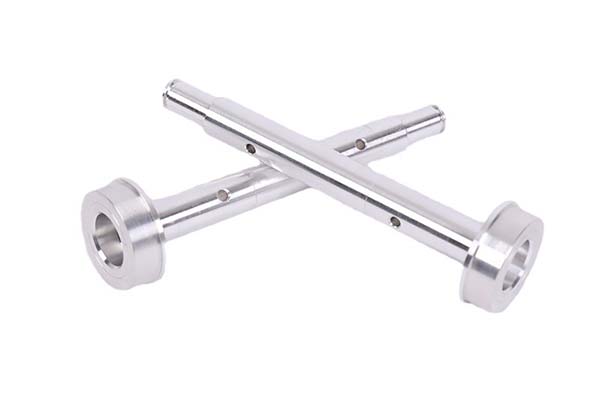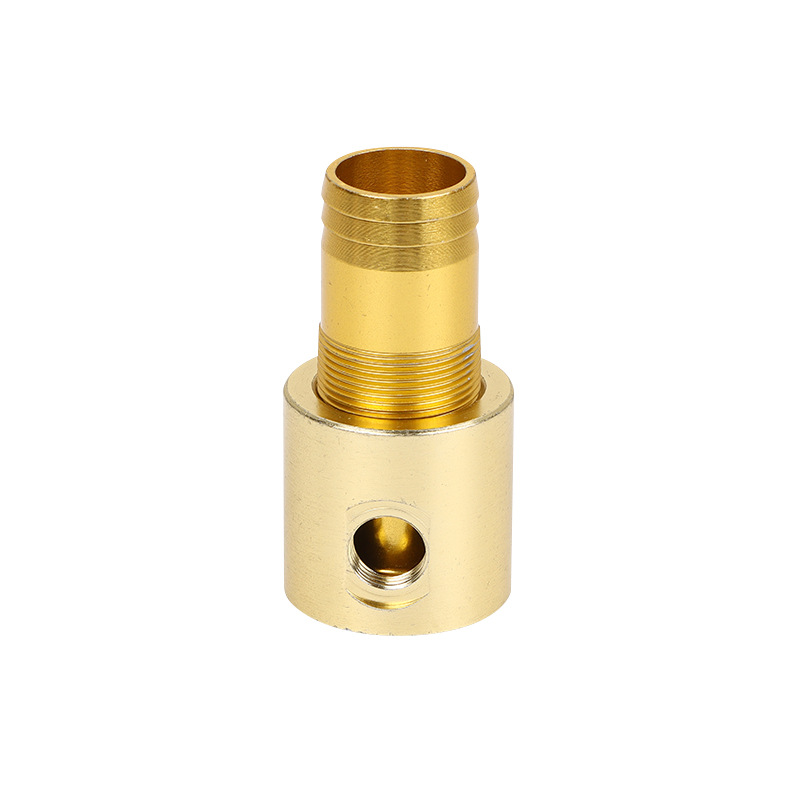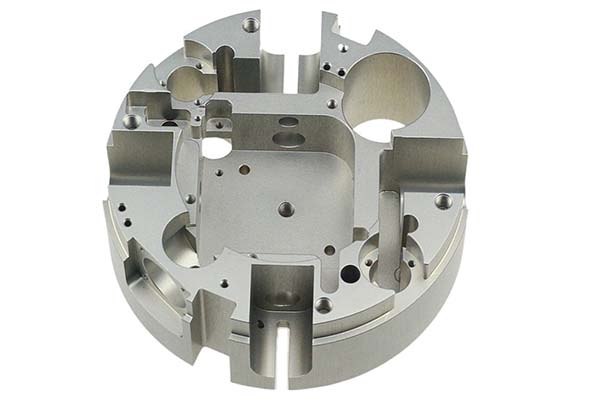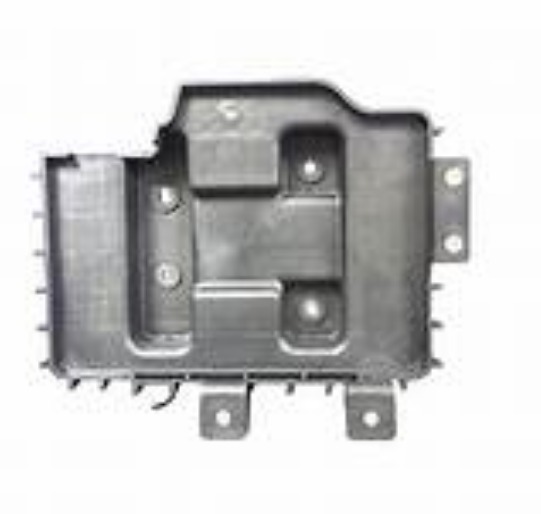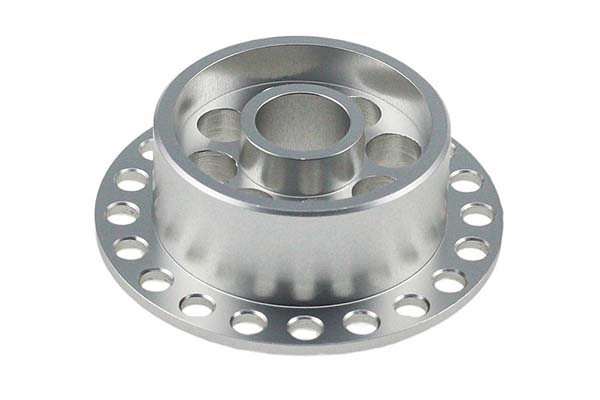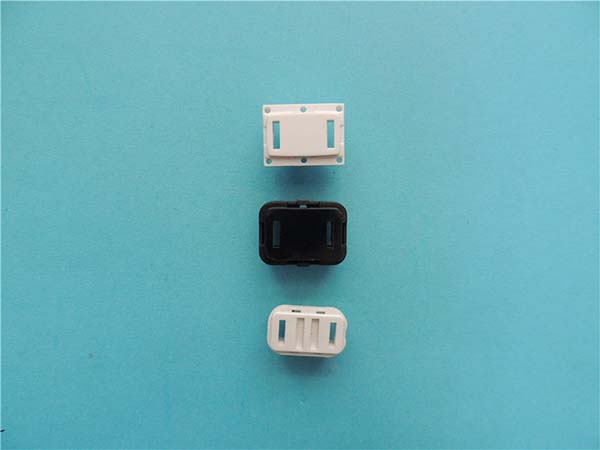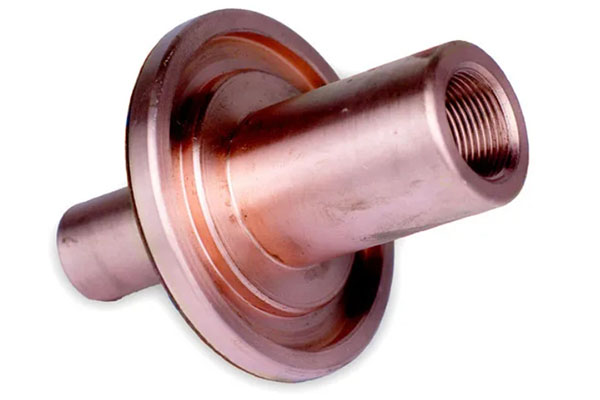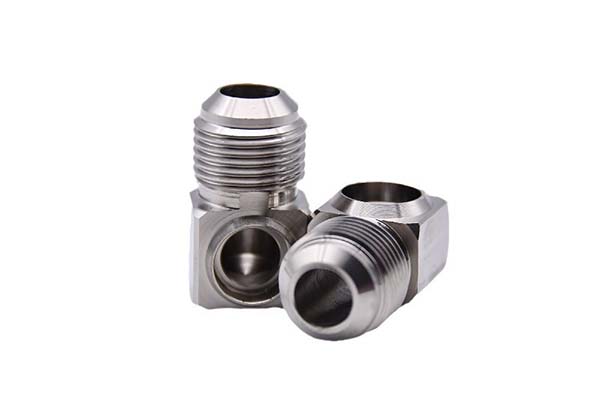Imagine a CNC milling machine grinding to a halt because its main shaft failed unexpectedly. The cause? A design flaw that didn’t account for the dynamic loads of high-speed operation, leading to premature wear. Or a farm implement breaking down mid-harvest because the milling shaft used the wrong material, unable to withstand corrosion from moisture and debris. These scenarios highlight the critical role of milling shafts in machinery performance—and how overlooking their design, manufacturing, or maintenance can lead to costly downtime. In this guide, we’ll explore everything you need to know about milling shafts, from design principles to maintenance best practices, to ensure reliability in your equipment.
Milling Shaft Design: Engineering for Strength and Precision
A milling shaft’s performance starts with its design. Milling shaft design must balance strength, weight, and precision to meet the demands of its application:
- Design Principles: The shaft must transmit torque efficiently while resisting bending and torsional stress. For example, a shaft in a CNC milling machine spinning at 10,000 RPM needs a diameter calculated to avoid resonance, which can cause catastrophic failure.
- Shaft Geometry: Key features include journals (for bearings), keyways (to connect gears or pulleys), and threads (for fasteners). A 20mm diameter shaft for a small industrial cutter might have a 5mm keyway, while a 100mm agricultural shaft could include flanges for mounting blades.
- Tolerance Specifications: Tight tolerances (often ±0.002 mm) on bearing surfaces ensure proper fit, reducing vibration. A study by the Mechanical Engineering Research Institute found that loose tolerances (±0.01 mm) increase bearing wear by 40% over time.
- Dynamic Balance: High-speed shafts (above 3,000 RPM) require dynamic balance to minimize vibration. Imbalances greater than 0.005 g·mm/kg can shorten bearing life by 50%, making precision balancing essential.
- Stress Analysis and FEA: Engineers use Finite Element Analysis (FEA) to simulate how the shaft behaves under load. For a mining equipment shaft, FEA might reveal a stress concentration at a keyway, prompting a design adjustment (like a fillet radius) to distribute stress evenly.
Milling Shaft Manufacturing Processes: Turning Raw Material into Reliable Components
Even the best design is useless without proper manufacturing. Milling shaft manufacturing processes combine precision machining with treatments to enhance durability:
- Machining Techniques: Turning operations on CNC lathes create the shaft’s basic shape, with tolerances as tight as ±0.001 mm. For complex geometries, milling adds keyways or slots, while grinding refines surfaces to Ra 0.4 μm for bearing fits.
- Grinding Processes: Cylindrical grinding ensures concentricity, critical for reducing vibration. A shaft ground to 0.0005 mm concentricity runs smoother than one with 0.002 mm 偏差,extending bearing life.
- Heat Treatment: Processes like quenching and tempering harden steel shafts, increasing their tensile strength from 600 MPa to 1,200 MPa. A shaft for a metal-cutting mill might be tempered to 30–35 HRC for a balance of hardness and toughness.
- Surface Hardening: Case hardening (carburizing) adds a hard outer layer (50–60 HRC) while keeping the core ductile, ideal for shafts with high wear areas (like gear teeth). This process can extend wear life by 300% in abrasive environments.
- Coating Applications: Chrome plating (0.005–0.01 mm thick) improves corrosion resistance, while ceramic coatings reduce friction. A food processing shaft might use a food-grade nickel coating to meet hygiene standards.
- Quality Control: In-process checks with micrometers and CMMs verify dimensions, while ultrasonic testing detects internal flaws. A manufacturer of automotive shafts reports that 100% inspection reduced field failures by 75%.
Material Selection for Milling Shafts: Matching Material to Application
Choosing the right material is critical for a milling shaft’s longevity. Material selection for milling shafts depends on factors like load, environment, and cost:
| Material | Key Properties | Ideal Applications | Limitations |
| Steel Alloys (4140) | High strength, wear-resistant | Industrial milling machines, power transmission | Prone to corrosion without coating |
| Stainless Steel (304) | Corrosion-resistant, moderate strength | Food processing, marine equipment | More expensive than carbon steel |
| Aluminum Alloys (6061) | Lightweight, corrosion-resistant | Aerospace components, small machinery | Lower strength; not for heavy loads |
| Composite Materials | High strength-to-weight ratio | Racing equipment, precision tools | Expensive; difficult to machine |
Material properties like fatigue strength matter: A 4140 steel shaft can withstand 10 million load cycles at 500 MPa, making it better for high-cycle applications than aluminum (which fails at 300 MPa).
Applications of Milling Shafts: Powering Industries Worldwide
Milling shafts are 无处不在,playing key roles in diverse machinery:
- Milling Machines and CNC Milling: The main shaft in a vertical milling machine drives the cutter, with diameters from 20mm (benchtop models) to 100mm (industrial units). High-speed CNC shafts often use carbide inserts for precision cutting.
- Agricultural Equipment: Shafts in combine harvesters and tillers must resist corrosion and impact. A 75mm stainless steel shaft with hardened blades can handle crop residue and moisture for 1,000+ hours of use.
- Automotive Components: Camshafts and crankshafts (a type of milling shaft) convert rotational motion into linear force. A car engine’s crankshaft, typically 50–80mm in diameter, must withstand 10,000 RPM without failure.
- Power Transmission: Shafts in gearboxes and conveyors transmit torque over distances. A 100mm diameter steel shaft in a factory conveyor can move 500kg loads continuously for years with proper lubrication.
- Automation Systems: Small shafts (10–20mm) in robotic arms ensure precise movement, with aluminum alloys reducing weight to improve agility.
Maintenance and Inspection of Milling Shafts: Extending Service Life
Proper maintenance is key to maximizing a milling shaft’s lifespan. Maintenance and inspection of milling shafts should include:
- Regular Maintenance: Lubricating bearings every 500 hours prevents friction-related heat buildup. Using the wrong lubricant (e.g., oil instead of grease) can increase wear by 30%, so matching the lubricant to the application is critical.
- Visual Inspection: Checking for cracks, corrosion, or wear monthly. A small pit (1mm deep) on a shaft’s bearing surface can lead to bearing failure within weeks if left unaddressed.
- Vibration Analysis: Monitoring vibration levels with sensors. A sudden increase in vibration (from 0.1 to 0.5 mm/s) often indicates misalignment or bearing wear, allowing for repairs before failure.
- Defect Detection: Magnetic particle inspection identifies surface cracks, while ultrasonic testing finds internal flaws. A mining company using these methods reduced unplanned downtime by 60% by catching shaft issues early.
- Alignment Checks: Ensuring the shaft is parallel to connected components. Misalignment greater than 0.1 mm/m increases power consumption by 10% and accelerates wear.
- Safety Standards: Following OSHA guidelines for lockout/tagout during inspections prevents accidents. A manufacturing plant reported zero shaft-related injuries after implementing strict safety protocols.
Yigu Technology’s Perspective: Crafting Milling Shafts for Reliability
At Yigu Technology, we understand that a milling shaft is more than a metal rod—it’s the backbone of your machinery. Our approach combines precision design (using FEA and dynamic balancing) with advanced manufacturing (CNC turning, heat treatment, and grinding) to produce shafts that meet tight tolerances and withstand harsh conditions. Whether you need a corrosion-resistant stainless steel shaft for marine use or a high-strength alloy steel shaft for industrial milling, we select materials and processes tailored to your application. With rigorous quality control and testing, we ensure every shaft delivers long-term reliability, reducing your downtime and maintenance costs.
FAQs
- How often should a milling shaft be inspected?
High-speed shafts (3,000+ RPM) should be inspected monthly, while low-speed shafts (under 1,000 RPM) can be checked quarterly. In harsh environments (dust, moisture), inspections should be more frequent—every 2–4 weeks.
- What’s the typical lifespan of a milling shaft?
With proper design, material selection, and maintenance, a steel shaft can last 5,000–10,000 operating hours. High-stress applications (e.g., mining) may see lifespans of 3,000–5,000 hours, while low-load shafts (e.g., small conveyors) can last 15,000+ hours.
- Can a worn milling shaft be repaired, or should it be replaced?
Minor wear (e.g., bearing surface scratches) can often be repaired by regrinding. However, cracks, significant corrosion, or warping usually require replacement—repairing such damage risks sudden failure, which is more costly than a new shaft.

